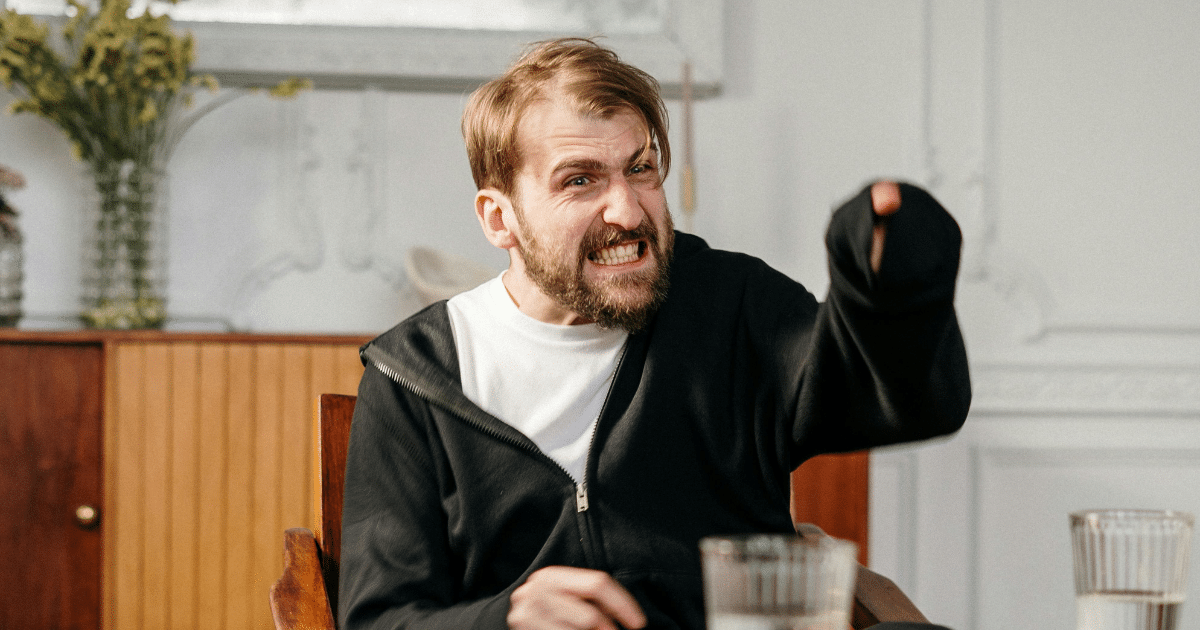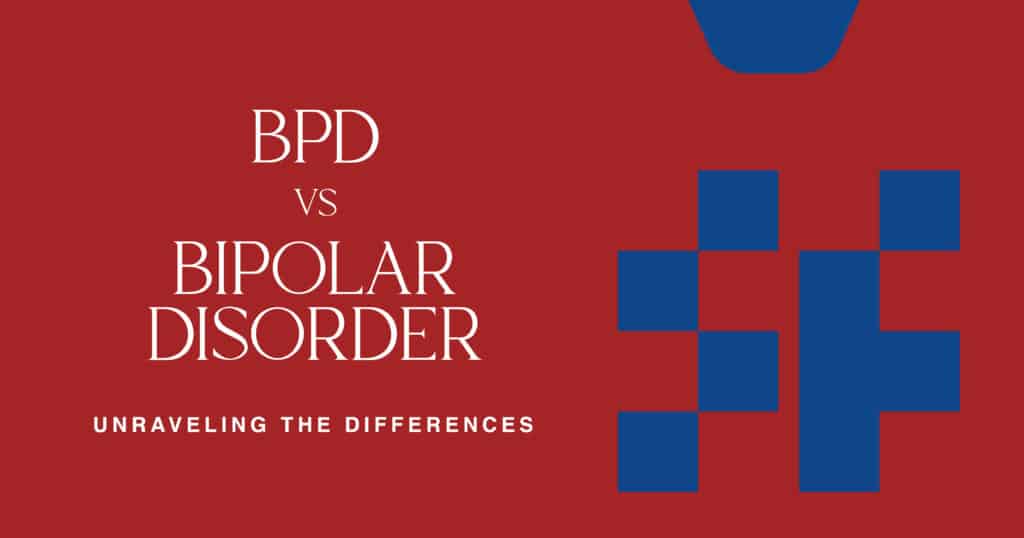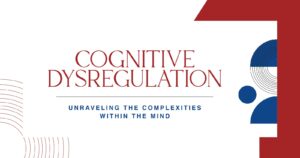BPD and bipolar disorder often get confused. Both involve mood swings and emotional ups and downs. But they are not the same. Each condition has its own cause, symptoms, and treatment path. That’s why it’s important to tell them apart.
People with borderline personality disorder (BPD) see others and themselves differently. Bipolar disorder cycles in energy levels and mood, often including manic episodes. One involves a personality disorder. Another is a mood illness.
Those with BPD may struggle with emotional regulation and respond powerfully to relationships or stress. Those with bipolar disorder could feel well one week and then experience either a high or a low the following week. This guide will break it down. You will learn the key differences. You will also get insight into how both are managed through proper diagnosis, therapy, and care. Let’s clear up the mental health confusion, step by step.
Defining Borderline Personality Disorder
One mental illness is borderline personality disorder (BPD). It influences one’s perspective of others and oneself. Those with BPD often battle strong emotions. Their emotional regulation can be difficult, and their emotional states change rapidly. One can find relationships to be erratic.
A BPD sufferer could worry about being let go. They might respond suddenly in rage or be impetuous. Little incidents can set off large-scale responses. They could feel empty-minded or uncertain about their own identity.

Usually starting in early adulthood, this condition affects mental health in serious ways. Work, family, and social life can all be impacted. Many with BPD additionally battle with trauma, anxiety, or sadness. Treatment yields results. People with BPD can learn to control emotions and enhance relationships with help and therapy. The result is better the earlier it is tackled in the context of BPD vs bipolar disorder and other mood-related conditions.
First Responders of California
Understanding Bipolar Disorder
One mood disorder is bipolar illness. It brings really high and low points. These mood swings are not merely typical fluctuations. They might run days, weeks, or even longer.
A person experiencing a high known as mania may feel restless, too cheerful, or full of energy. They might sleep less, speak quickly, or take enormous risks. Next comes the low depression. It causes loss of interest in once-loved activities, low energy, and unhappiness.
There are several forms of bipolar illness. Everybody has a different mood change pattern. Though the precise origin is unknown, brain chemistry and genes have a part. One can treat bipolar illness with medication. People can control symptoms and have steady lives with the correct support. Often, the plan calls for therapy and medication. In comparing BPD vs bipolar disorder, knowing these patterns helps guide the right diagnosis and care.
Causes and Risk Factors for BPD and Bipolar Disorder
Though they have different beginnings, both disorders can overlap in certain aspects. Knowing the causes and hazards enables one to grasp every condition better, especially when discussing BPD vs bipolar disorder and their effects on mental health.
Here’s a simple breakdown:
| Factor | Borderline Personality Disorder | Bipolar Disorder |
| Genetics | May run in families, but not always linked | Strong genetic link—often seen in close relatives |
| Brain Function | Differences in brain areas tied to emotion and control | Changes in brain chemistry and activity levels |
| Trauma or Abuse | Often linked to childhood trauma, neglect, or instability | Can be a trigger, but not always a cause |
| Stress or Life Events | Can worsen symptoms or trigger episodes | May trigger manic or depressive episodes |
| Other Conditions | Common with PTSD, anxiety, or eating disorders | Often co-exists with anxiety or substance use issues |
First Responders of California
Diagnosis – How BPD and Bipolar Disorder Are Identified
BPD and bipolar disorder can share symptoms. But doctors use different tools to tell them apart. A full mental health evaluation is key.
Here’s how each one is diagnosed:
| Diagnosis Step | Borderline Personality Disorder (BPD) | Bipolar Disorder |
| Assessment Focus | Ongoing emotional instability, fear of abandonment, and impulsive behavior | Mood episodes like manic highs and depressive lows |
| Duration of Symptoms | Chronic patterns over time | Clear shifts in mood lasting days to weeks |
| Tools Used | Psychiatric interviews, mental health questionnaires | Mood charting, interviews, sometimes blood tests or scans |
| Key Signs | Unstable relationships, intense emotions, and identity issues | Euphoria, racing thoughts, followed by deep depression |
| Common Challenges | Often mistaken for mood disorders | Can be misdiagnosed as depression or anxiety |
Treatment Options for BPD and Bipolar Disorder
Both BPD and bipolar disorder are treatable. But they need different care plans. What works for one may not work for the other. A proper diagnosis helps doctors build the right approach for each person.
Borderline Personality Disorder (BPD):
- The initial phase is therapy. The most often used treatment is dialectical behavior therapy (DBT). It helps people control intense emotions, avoid destructive conduct, and mend relationships.
- Moreover, beneficial is Cognitive Behavioral Therapy (CBT). It centers on altering bad thought processes.
- In a safe environment, group therapy allows individuals to share, learn, and develop.
- Though it’s not the major approach, medication is employed occasionally. It might help with mood swings, despair, or anxiety.
- A great difference is made by family support and a solid psychological team. Long-term treatment enhances mental health and overall quality of life, especially when managing BPD vs bipolar disorder effectively.
Bipolar Disorder:
- Medication is essential for managing BPD vs bipolar disorder. Lithium and other mood stabilizers help avoid high and low points and tame mood swings. Based on their symptoms, some additionally require antipsychotic medications or antidepressants.
- Regular therapy enables individuals to develop good habits and grasp their condition after a clear diagnosis. It can also assist in controlling stress and avoiding irritants.
- Routine is quite strong. Daily plans, food, and sleep help to maintain mood stability and support emotional regulation. Bad habits might set off episodes.
- Meds must be adjusted, and symptoms over time must be tracked using continuous mental health therapy.
- Keeping on target and avoiding relapse also depend on support groups and lifestyle coaching.
Each treatment plan should fit the person. What matters most is staying consistent and building a support system that works. Recovery is possible with the right care.
Get Help Today With First Responders of California (FRCA)
Getting help is a great starting step, for yourself, a friend, or a loved one. And it’s not very difficult. First Responders of California (FRCA) is here to simplify that phase. Understanding real-life stress, we help first responders, their families, and the larger community with compassion. We are here to listen and assist, from mental health assistance to treatment choice advice.
You are free to ask questions. Not having it all figured out is okay. Starting somewhere and that somewhere can be here, is what counts. Just reach out, call us, or message us when you most need actual aid; we are here for you. Allow FRCA to walk with you toward a better future.

First Responders of California
FAQs
What are the key differences between mood swings in BPD and bipolar disorder?
BPD mood swings are quick and often triggered by events. Bipolar mood shifts last longer and follow a cycle seen in BPD vs bipolar disorder cases.
How does emotional dysregulation manifest in individuals with either BPD or bipolar disorder?
BPD results in strong, quickly changing emotions tied to poor emotional regulation. Mood swings brought on by bipolar disorder span days or weeks and are linked to more profound mental health shifts.
What are the common impulsivity challenges faced by those with BPD compared to bipolar disorder?
Emotional anguish or fear drives BPD impulsivity, a pattern in many personality disorder cases. Often in bipolar illness, it occurs during manic episodes tied to unstable energy levels.
How are mania and depressive episodes distinct in the context of bipolar disorder versus BPD?
Manic episodes and depression in bipolar disease follow obvious trends over time. The shortest and most reactive are BPD mood swings, which are common in BPD vs bipolar disorder comparisons.
What treatment options are available for diagnosing and managing these mental health disorders?
BPD is treated mainly with therapy that targets emotional control. Bipolar disorder needs both medication and regular care, starting with an accurate diagnosis and personalized treatment plan.












